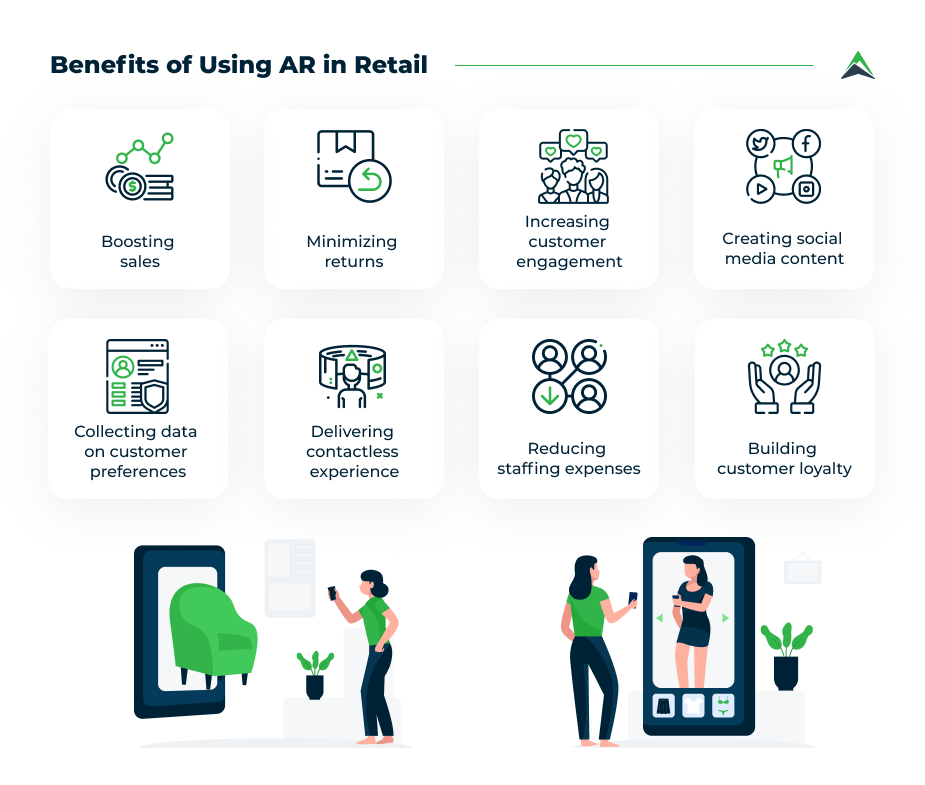In an era where the digital and physical realms increasingly intersect, businesses seek innovative ways to enhance user engagement and provide immersive experiences. One technology leading this transformative wave is augmented reality (AR), offering a blend of real-world and digital elements that captivate users like never before. For companies looking to harness this potential, selecting the right AR platform is critical.
This guide delves into the essential considerations for choosing an augmented reality platform that aligns with your business objectives and sets the stage for groundbreaking interactive experiences.
Evaluating Business Objectives and Use Cases:

Augmented Reality Platform
The initial step involves clearly understanding the business objectives and potential use cases. Whether the goal is to enhance product visualization, provide interactive training modules, or create immersive marketing campaigns, the choice of platform should directly support these objectives.
A thorough analysis of how AR can solve specific business challenges or capitalize on opportunities is essential. This understanding ensures the selected platform possesses the necessary features and capabilities to bring envisioned AR experiences to life.
Also Check : Web Design Firms
Assessing Platform Compatibility and Integration Capabilities:
For an augmented reality solution to be effective, it must seamlessly integrate with existing business systems and workflows. This includes compatibility with current hardware, software, and data management systems. A flexible integration platform can significantly reduce implementation time and costs.
Furthermore, considering future scalability and potential system upgrades is crucial to ensure the chosen solution can evolve alongside the business.
Understanding the Technical Specifications and Features:
The technical specifications determine the quality and types of experiences this platform can deliver. Key aspects to evaluate include the supported devices (such as smartphones, tablets, and AR glasses), the realism and resolution of the AR content, and the ease of content creation and management.
Additionally, features like real-time tracking, environmental understanding, and interaction capabilities significantly create engaging and immersive AR experiences. Businesses should prioritize platforms that offer robust technical specifications and a comprehensive set of features that match their specific use cases.
Analyzing Development Tools and Resources:
The development environment of this platform significantly affects the speed and efficiency of creating AR experiences. Platforms that provide user-friendly development tools, extensive documentation, and strong community support can streamline development.
This is particularly important for businesses with limited AR development experience. Moreover, platforms that offer pre-built templates, assets, and modules can further accelerate the creation of high-quality AR content.
Considering Cost and Return on Investment:
The cost of implementing an AR solution varies widely depending on the platform’s complexity, features, and licensing model. When selecting, businesses must carefully evaluate the upfront costs, ongoing expenses, and potential return on investment (ROI).
This includes considering the direct benefits, such as increased sales or improved operational efficiency, and indirect benefits, such as enhanced brand perception and customer loyalty. A platform that offers a clear path to a positive ROI within a reasonable timeframe is often a prudent choice.
Also check : 3 digital safety tips
Prioritizing Security and Data Privacy:
In today’s digital landscape, security and data privacy are paramount. An AR platform should adhere to the highest data protection standards, ensuring user data is securely stored and processed. Compliance with relevant regulations is also crucial. To protect company and customer data, businesses should seek platforms prioritizing security features, including encryption, secure data transmission, and user privacy controls.
FAQ :
- Businesses often use AR for 3D modeling during the design process for items like homes and cars.
- Augmented reality is an interactive experience that enhances the real world with computer-generated perceptual information.
- AR and VR are helping businesses to stay ahead of the curve in today’s digital landscape, emerging as powerful tools that can drive innovation,
Conclusion:
Selecting the right augmented reality platform for a business is a multifaceted decision that requires careful consideration of various factors. By evaluating business objectives and use cases, assessing compatibility and integration capabilities, understanding technical specifications and features, analyzing development tools and resources, considering cost and ROI, and prioritizing security and data privacy, businesses can make an informed choice that maximizes the potential benefits of AR technology. The right augmented reality platform can unlock new possibilities for engaging with customers, enhancing products and services, and driving business growth in an increasingly digital world.
Tags :augmented reality,augmented reality for business,augmented reality business card,augmented reality tutorial,augmented reality app,virtual reality,augmented reality for marketing,augmented reality tutorial for beginners,augmented reality vs virtual reality,what is augmented reality,augmented reality demo,augmented reality companies,augmented reality video,augmented reality apps for business,how to create augmented reality for business,business

Leave a Reply